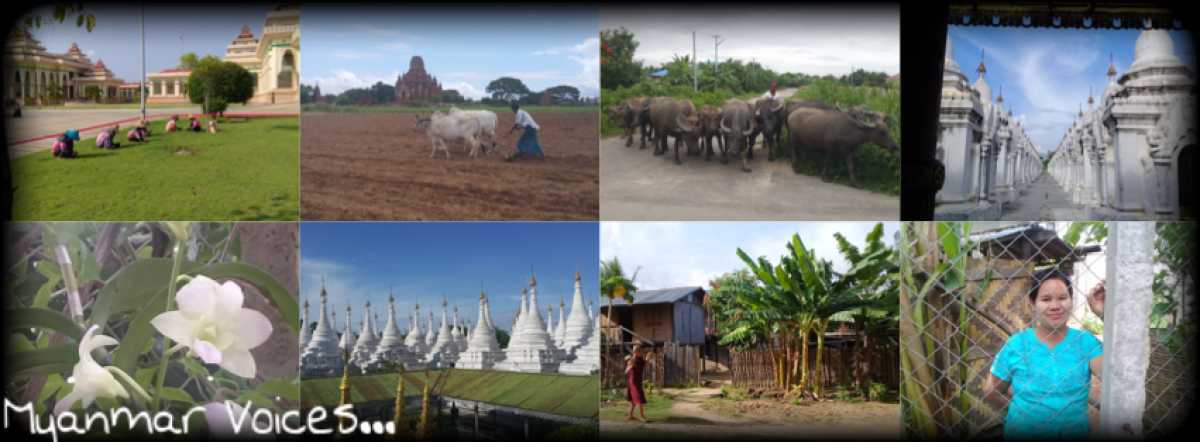The National lHutaw Parliamentary Assembly in Nay Pyi Taw, Myanmar was the place that I worked at for a year.
Living and working in Nay Pyi Taw for one year, and driving to and from its location daily: passing through shops, a group of monks line up the streets to receive food from the locals. Before approaching the first set of traffic lights, a policeman stops the traffic to allow a convoy of pearl white minivans to take precedence over the traffic and directs them to the main road. These minivans filled with elected MPs from different constituencies throughout Myanmar are taken to the parliament to attend a very important meeting. Reaching its destination, its immaculate surroundings, here and now, its surroundings, it is probable that the parliament was built on shrubbery land, with locals displaced to make room for its monstrous mortar buildings, to make room for officials and their large monstrous homes, to make room for the tidy 20 lane roads that lead to the Parliament buildings, to make room for the yellow and red brick pavements, careful to bear no history.
The sweepers , women sweepers covered from head to toe, to protect themselves from the sun, blend in with the traffic to sweep the already eerily clinical streets of Nay Pyi Taw where history of any sort seem to be forever swept away. They sweep in unison, the clinically immaculate streets that bear no newspapers, no cigarette buds, no coffee cups, no history of any sort or any memories. Gardeners cut from the same cloth, groom the flawless yellow and black; red and white curbs of NayPyiTaw’s highways and side streets. A leaf falls in the hand of a masked Tanaka face sweeper before it’s allowed to hit the ground! They hoe away new weeds that now and then have a habit to creep through the cracks. A guard, every meter or so, walk up and down the neatly manicured boulevards, the grounds to ensure that history is no more, that all memories are washed away!
Myanmar is home to the BARman that make up the majority of the population in Burma. More specifically, cut from the same cloth, it is also home to the135 ethnic groups dotted throughout the country, plus the Rohingya people, which equals to 136. According to the Myanmar organized body, this particular ethnic group is not considered part of the system. Why, you may ask? However, they too, the Rohingya, Muslim minority people that were persecuted and driven out of their homeland 2 years ago today, August 25, 2017, are considered, (in my opinion, and, in the opinion of many others throughout the world), CITIZENS of Myanmar!
I waited a year to write about this place, because I wanted to have a more objective point of view, of what to say about it, without prejudice! Once I was removed from my own emotional feelings that I felt for the people that I worked with, that I grew to know and to love, this place gave me a tiny glimpse of what this grandeur like palace that represents it’s people, or should I say, for its Burmese citizens, was about.
